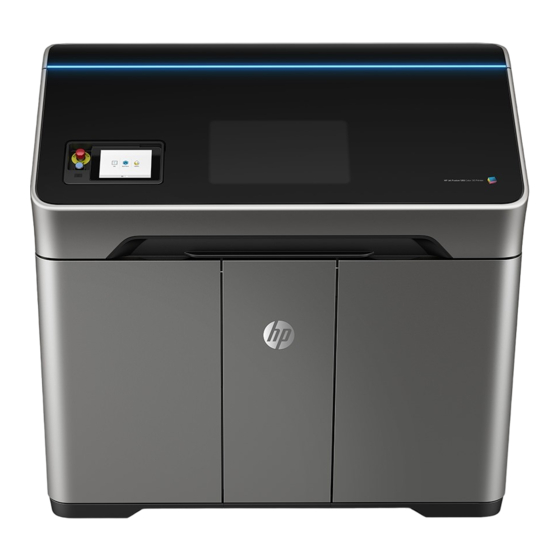
HP Jet Fusion 340 Product Documentation Site Preparation Manual
Hide thumbs
Also See for Jet Fusion 340:
- User manual (44 pages) ,
- Service manual (122 pages) ,
- Installation reference (93 pages)






Need help?
Do you have a question about the Jet Fusion 340 and is the answer not in the manual?
Questions and answers